Chemicals are part of our everyday life. They exist in the air we breathe, the food we eat, and the products we use. Some chemicals are natural, while others are man-made. They can be helpful, harmful, or even life-saving.
In this article, you will learn about 12 main types of chemicals. Each type has unique features, common uses, and safety concerns. By the end, you will understand how these chemicals affect daily life and why handling them safely is essential.
12 Types of Chemicals and Their Safety Tips
Chemicals can be grouped into different categories based on their structure and function. Each type plays a role in science, industry, or daily life. Some chemicals are safe and essential, while others need careful handling. Below, you’ll find the 12 main types of chemicals explained with examples, common uses, and safety tips.
1. Organic Chemicals
Organic chemicals are compounds built around carbon atoms. They are the foundation of life and also play a significant role in modern industries. These chemicals can be natural, like glucose in plants, or synthetic, like plastics.
Examples: Alcohols, hydrocarbons (methane, propane), glucose, plastics.
Uses: Fuels for energy, medicines for health, fibers for clothing, food additives for taste and preservation.
Safety Tip: Some organic solvents, such as benzene or formaldehyde, are toxic. Always handle them in well-ventilated areas and use protective gloves.
2. Inorganic Chemicals
Inorganic chemicals are substances that usually do not contain carbon, except in cases like carbonates or simple oxides. They cover a wide range of compounds, including salts, minerals, and metals. These chemicals are essential for industries and daily life.
Examples: Sodium chloride (table salt), calcium carbonate, aluminum, and iron.
Uses: Building and construction materials, fertilizers for agriculture, electronic devices, and essential nutrients for the human body.
Safety Tip: Some inorganic chemicals, such as lead and mercury, are highly toxic. You should always minimize exposure and follow safe handling practices.
3. Acids
Acids are substances that release hydrogen ions (H⁺) when mixed with water. They are known for their sour taste and strong reactivity. Acids can be found in nature, such as in fruits, and also in many industrial processes.
Examples: Hydrochloric acid (HCl), sulfuric acid (H₂SO₄), citric acid (found in lemons).
Uses: Powering car batteries, adding flavor and preservation in foods, producing fertilizers, and making cleaning products.
Safety Tip: Strong acids are corrosive and can burn skin or damage surfaces. Always wear gloves and protective goggles, and handle them with care.
4. Bases (Alkalis)
Bases are substances that release hydroxide ions (OH⁻) when dissolved in water. They often feel slippery to the touch and taste bitter. Like acids, bases play an essential role in both daily life and industry.
Examples: Sodium hydroxide (caustic soda), calcium hydroxide (limewater), baking soda (sodium bicarbonate).
Uses: Making soaps and detergents, cleaning products, neutralizing acidic spills, and even baking.
Safety Tip: Strong bases are highly corrosive and can burn skin or eyes. Always dilute carefully, wear gloves, and avoid direct contact.
5. Salts
Salts are compounds formed when an acid and a base react in a process called neutralization. Most salts appear as solid crystals and are widely used in everyday life as well as in industry.
Examples: Sodium chloride (table salt), potassium nitrate, magnesium sulfate (Epsom salt).
Uses: Cooking and seasoning, preserving food, making fertilizers, and producing health supplements.
Safety Tip: While table salt is safe for daily use, some salts can be toxic if ingested or mishandled. Always store them properly and keep them out of children's reach.
6. Polymers
Polymers are large molecules made of repeating building blocks called monomers. They can occur naturally, such as DNA and proteins, or be man-made, such as nylon and polyester. Because of their versatility, polymers are used in almost every industry today.
Examples: DNA, proteins, polyester, nylon, rubber.
Uses: Clothing and fabrics, packaging materials, car parts, household goods, and even medical implants.
Safety Tip: Avoid burning plastics or synthetic polymers, as the fumes can be toxic. Whenever possible, recycle polymers to reduce environmental waste.
7. Biochemicals
Biochemicals are often called the chemicals of life. They exist in every living cell and are responsible for essential biological processes that keep organisms alive and functioning. Without them, life would not be possible.
Examples: Carbohydrates, proteins, lipids (fats), nucleic acids (DNA and RNA).
Uses: Supporting growth, storing energy, passing genetic information, and enabling cell signaling.
Safety Tip: Most biochemicals are safe in the body, but imbalances or harmful toxins from bacteria and viruses can cause diseases.
8. Industrial Chemicals
Industrial chemicals are produced on a large scale to meet the demands of factories, agriculture, and global industries. They are the backbone of modern economies, supporting everything from farming to manufacturing.
Examples: Ammonia, chlorine, sulfuric acid.
Uses: Making fertilizers, producing plastics, manufacturing detergents, and treating water supplies.
Safety Tip: Many industrial chemicals are hazardous or corrosive. Always follow strict workplace safety rules, wear protective gear, and store them correctly.
9. Pharmaceutical Chemicals
Pharmaceutical chemicals are specifically designed to treat, prevent, or manage diseases. They play a vital role in modern healthcare and have improved the quality of life for millions of people worldwide.
Examples: Aspirin, antibiotics, insulin, vaccines.
Uses: Providing pain relief, preventing infections, managing chronic conditions, and supporting overall health.
Safety Tip: Always use pharmaceutical chemicals under medical guidance. Self-medication or overdosing can lead to harmful side effects or drug resistance.
10. Agrochemicals
Agrochemicals are chemicals created to support agriculture and boost crop yields. They help protect plants from pests and diseases, improve soil fertility, and make large-scale food production possible.
Examples: Fertilizers (urea, NPK), pesticides, herbicides, fungicides.
Uses: Farming, gardening, crop protection, and increasing global food supply.
Safety Tip: Always wear protective gear when handling agrochemicals. Overuse can damage soil, pollute water, and pose health risks to humans and animals.
11. Toxic Chemicals
Toxic chemicals are substances that can cause serious harm to health and the environment, even in minimal amounts. While some occur naturally, others are by-products of industry or mining. Many are now restricted or banned due to their dangers.
Examples: Cyanide, arsenic, mercury, dioxins.
Uses: Certain industrial processes, mining operations, and older manufacturing methods (though usage is declining).
Safety Tip: Always store and dispose of toxic chemicals with extreme care. Avoid direct contact or inhalation, and follow strict safety regulations to prevent accidents.
12. Specialty Chemicals
Specialty chemicals are produced in smaller quantities compared to bulk industrial chemicals. They are designed for specific, high-value applications and often add unique features or performance to products.
Examples: Dyes, adhesives, perfumes, flame retardants.
Uses: Cosmetics and skincare, paints and coatings, electronic materials, fragrances, and advanced industrial products.
Safety Tip: Always read and follow product labels. Some specialty chemicals may cause allergies, skin irritation, or sensitivity reactions.
Why Understanding Types of Chemicals Matters?
Chemicals are the building blocks of modern life. They shape the products we use, the food we eat, and the medicines that keep us healthy. By understanding the main types of chemicals, we can see how deeply they influence our world.
Knowing their categories helps us:
- Appreciate their role in everyday products and industries.
- Handle them safely at home, school, and work.
- Recognize the difference between harmful and beneficial chemicals.
By learning about these types, you become better equipped to make informed, safer choices in daily life. This awareness also helps reduce risks, protect the environment, and encourage responsible use of chemicals.
Conclusion
Chemicals are everywhere, shaping our health, environment, and industries. From the organic compounds in food to the industrial chemicals that build cities, each type serves a unique purpose. By understanding these 12 types of chemicals, we can appreciate their benefits, use them wisely, and stay safe. Remember, chemicals themselves are not good or bad; it's how we handle and apply them that makes the difference.



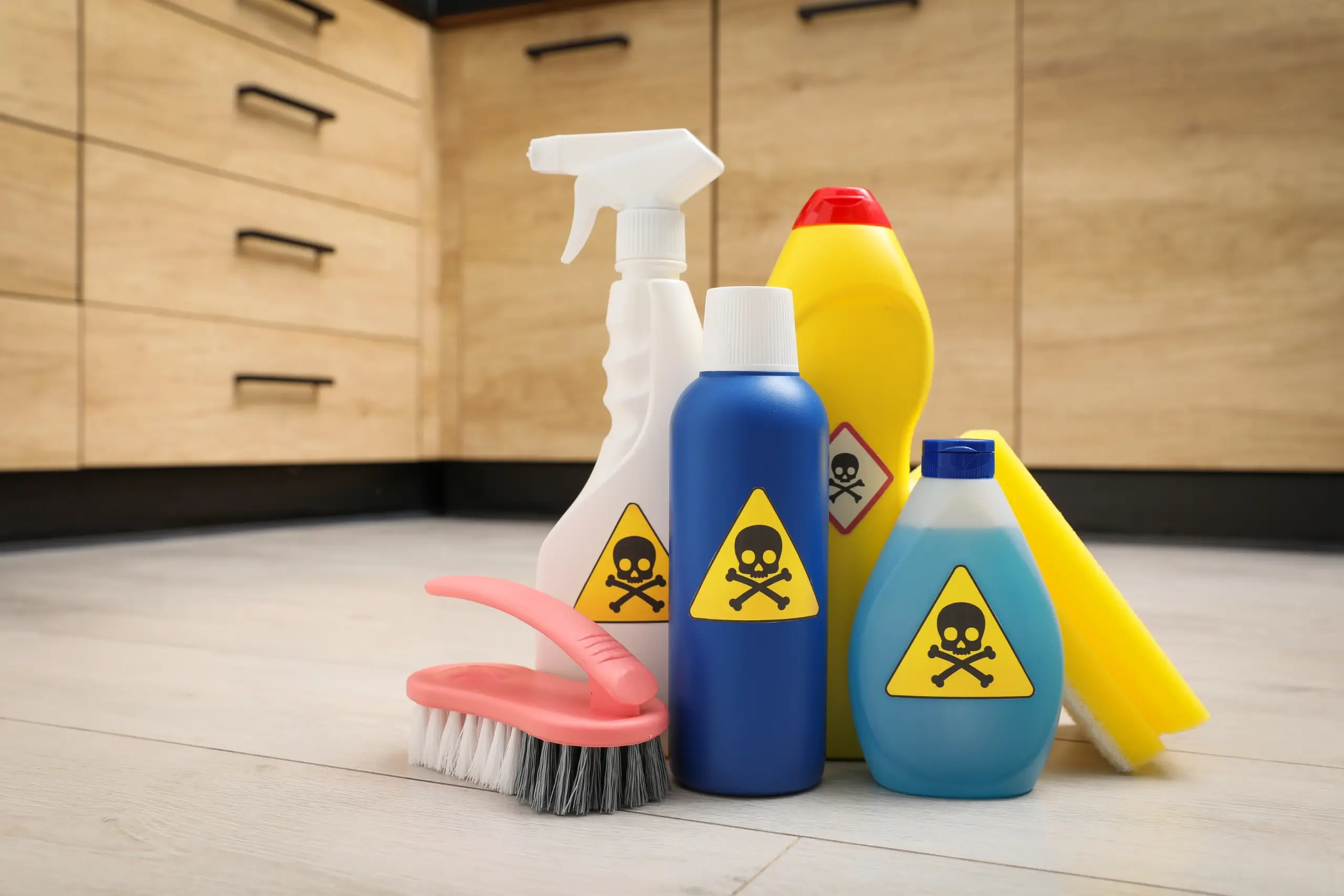





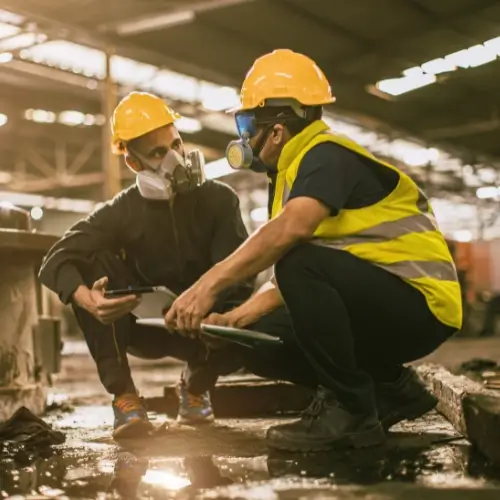



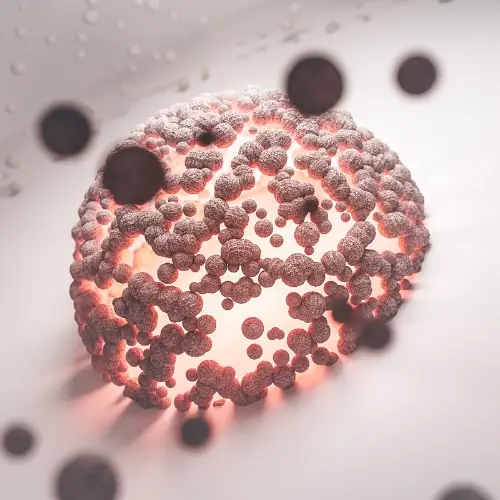
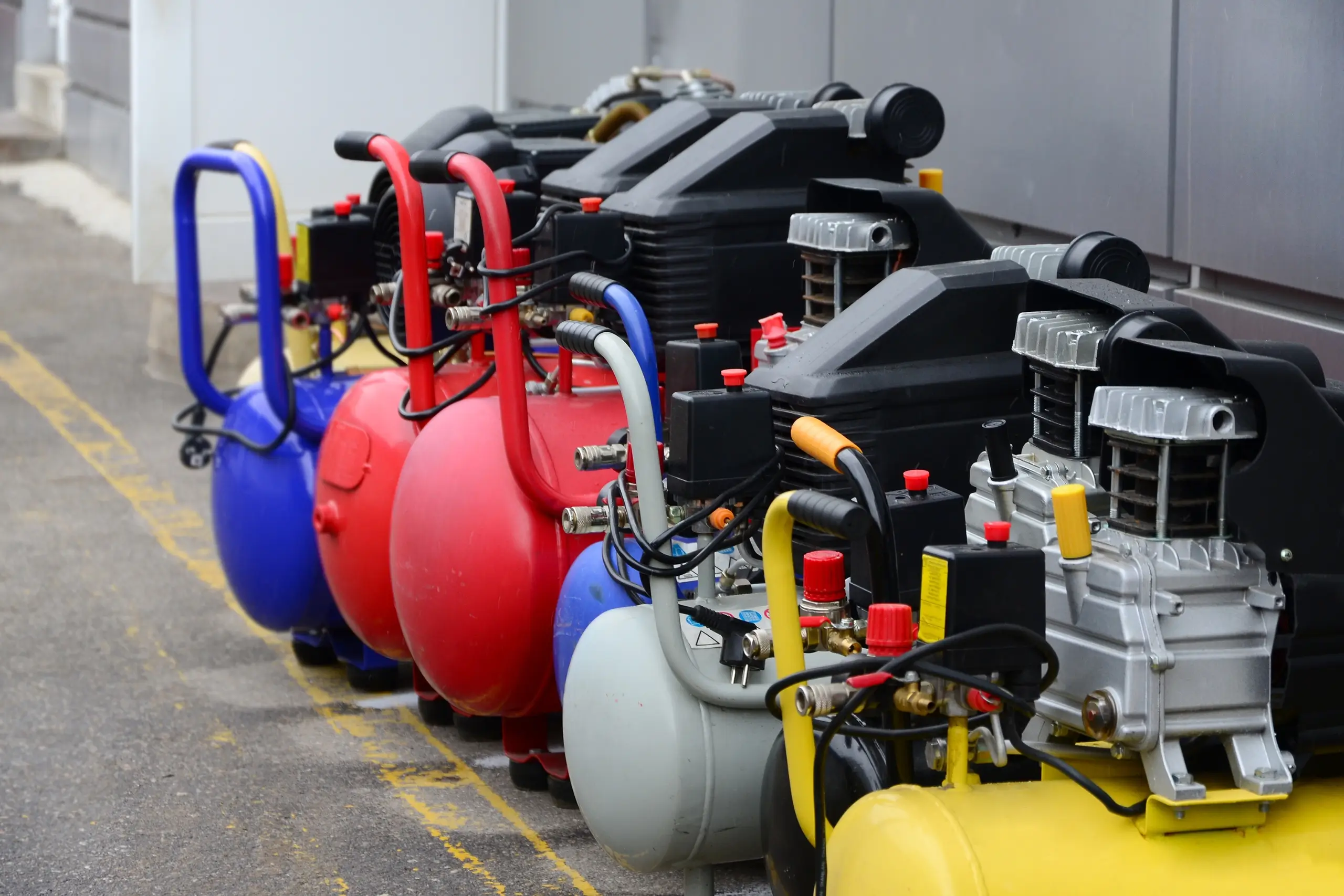

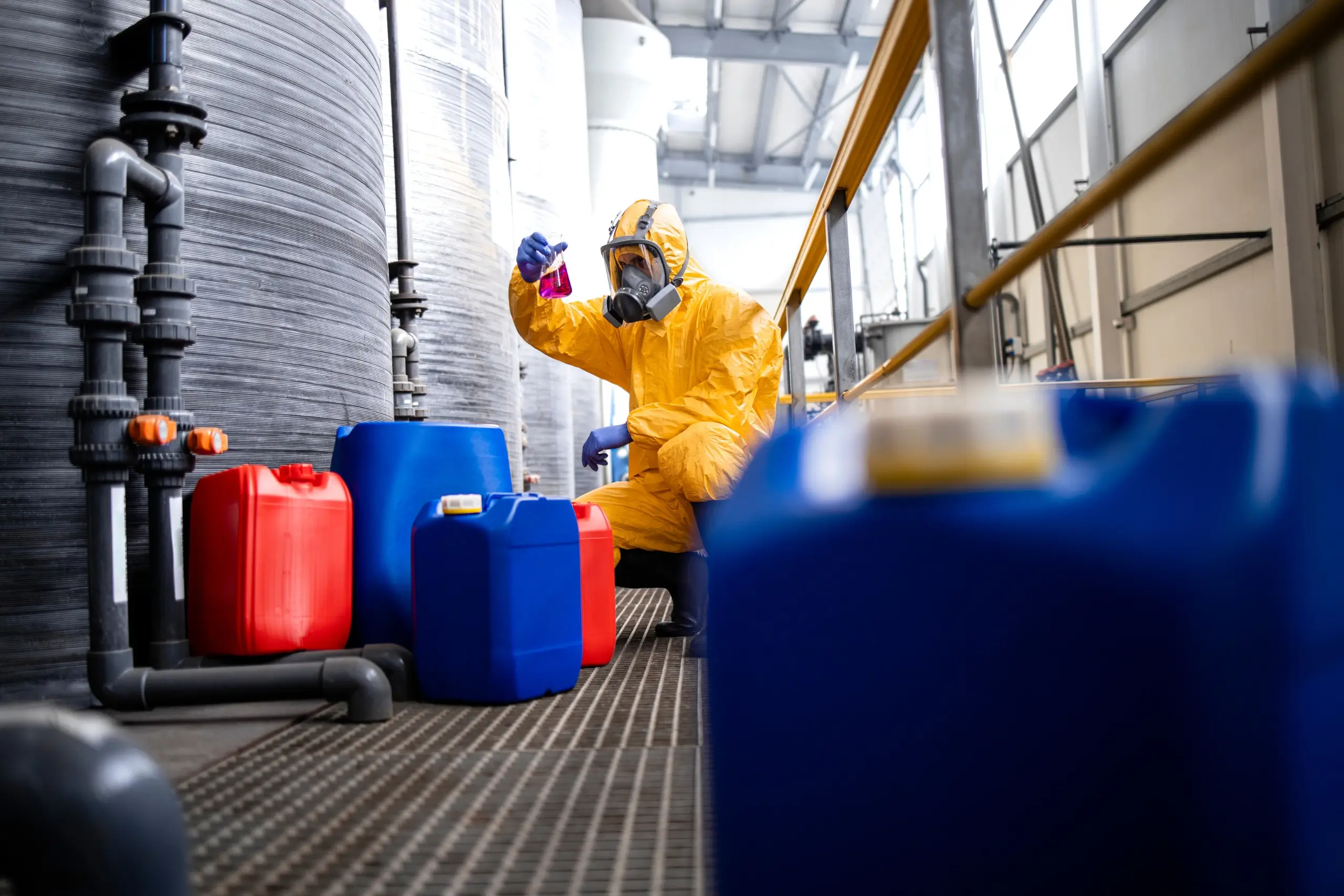


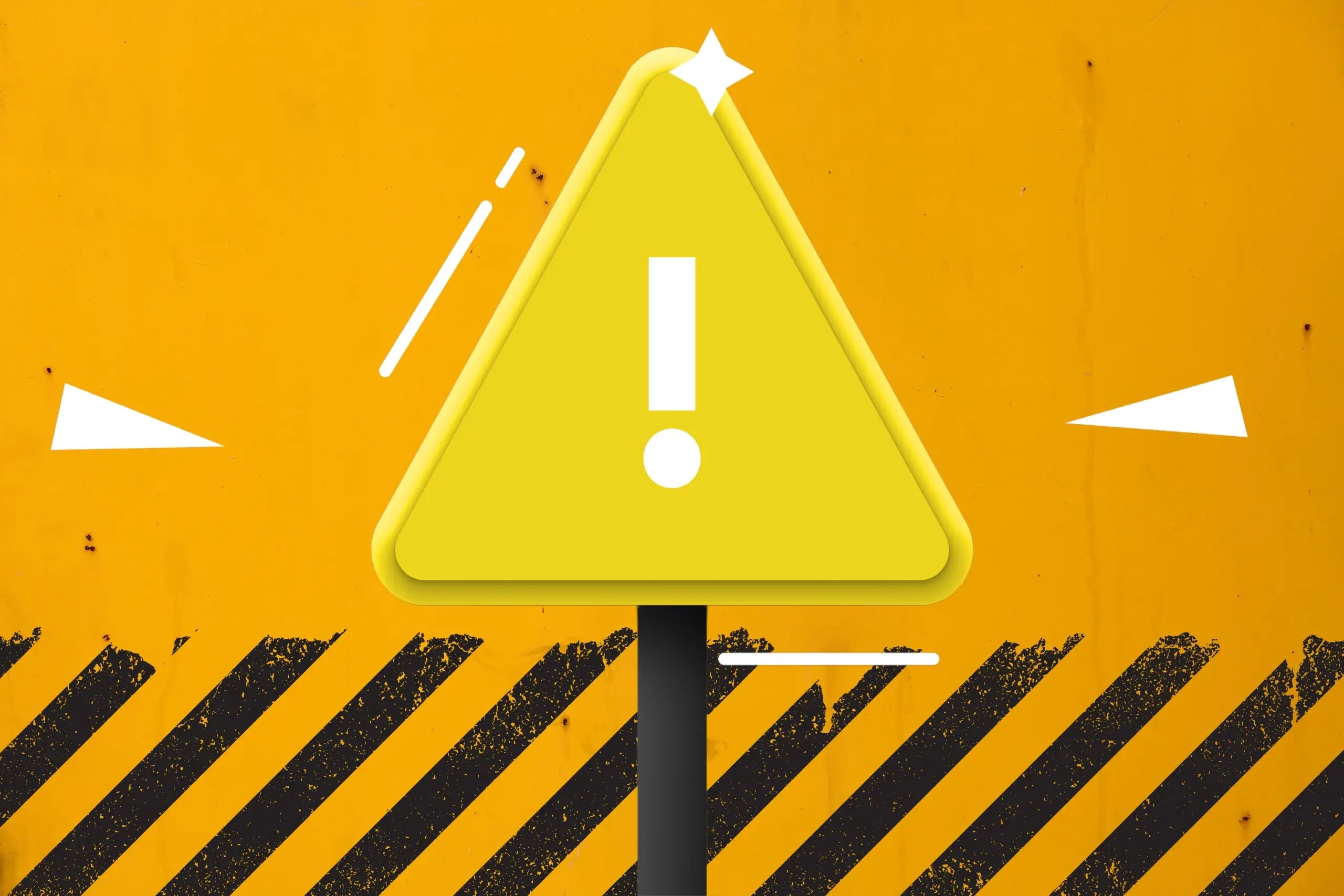



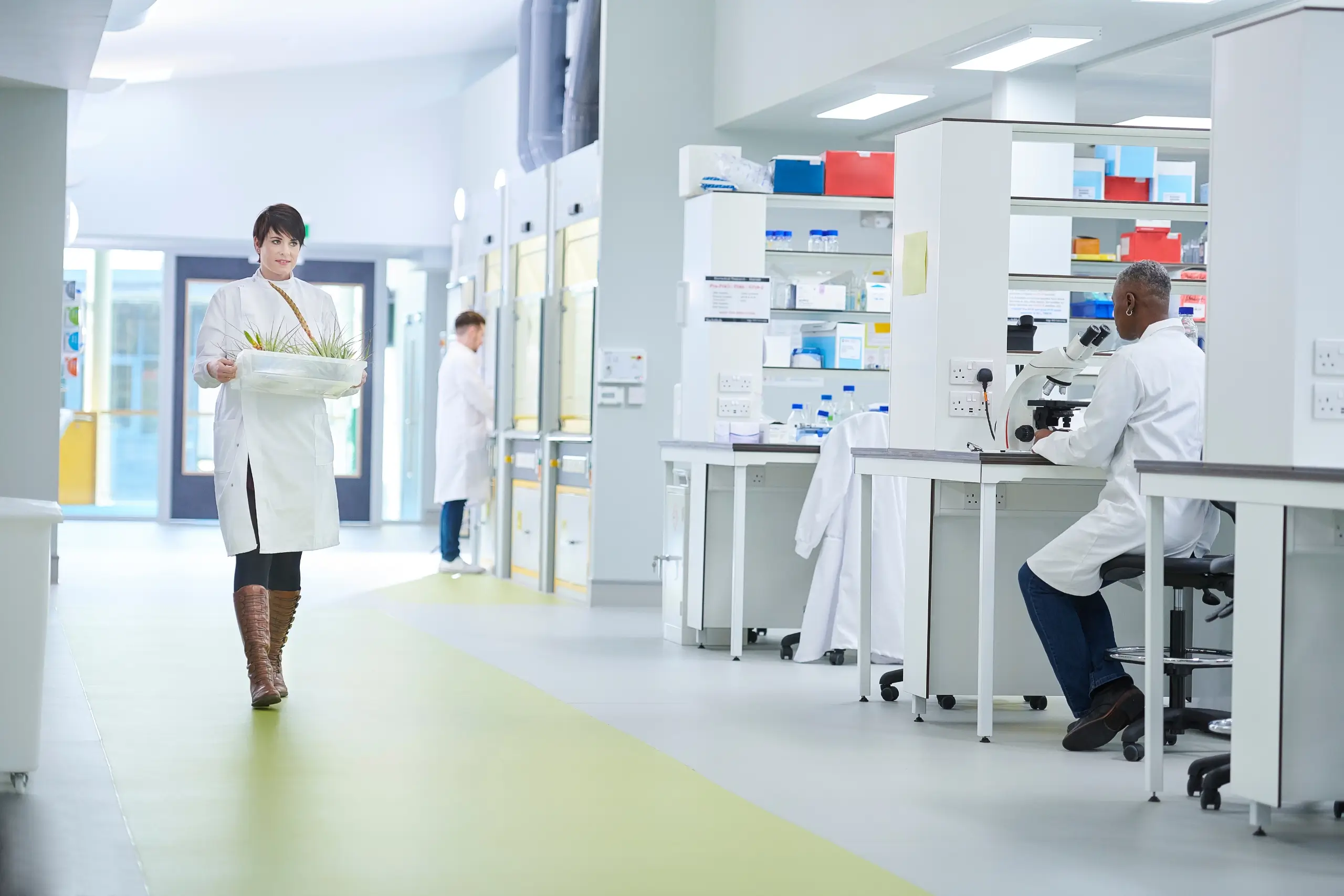

Discussion & Comments